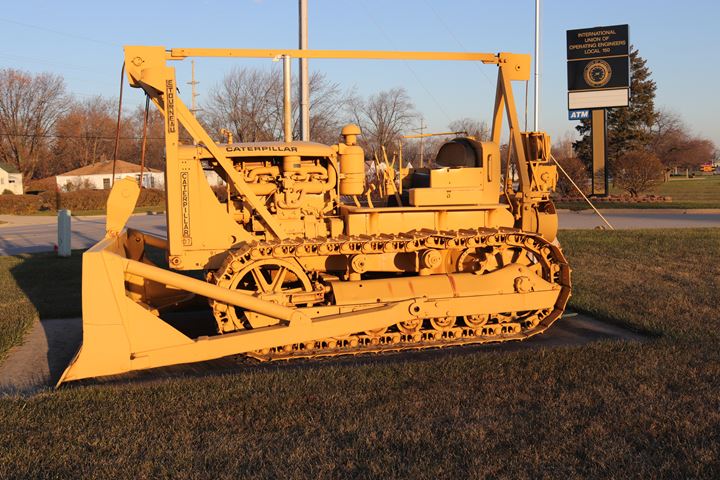One
of the more interesting futures would be one in which humanity's search for
life in the universe is the cause of the alien civilizations and alien life that
we do find. Let's say earth life begins to spread through the universe at
... oh say 5% of the speed of light. It is an interesting speed in that a
light year takes 20 years to cross, roughly a human generation. New settlements succeed or fail, and at least
a few of those that do succeed produce the next wave of interstellar
settlement. This is sometimes called, “Crawinization.”
At theses speeds each system
settled becomes a genetically isolated population. Through the founder effect,
genetic drift, and natural selection, the process of speciation begins. This completely
ignores the possibility of engineered selection. Even new arrivals from the
mother civilization are either reestablishing a failed effort, and thus
starting the clock over, or are encountering an existing population to which,
assuming small crew sizes, they can make only a limited genetic contribution. Some estimates put the time for one species
to transform through accumulated mutations into a different species at 2
million years, but in some African fish species as little as 15,000 years. That said each wave of settlement starts with a small population,
one genetic choke point after another driving speciation not through time but through distance.
Settlement thus moves as a wave front
through the galaxy, but how fast? Upon arrival let’s estimate the time for the
daughter civilization to build the population and industrial base to repeat the
process is about 500 years. Some will be
faster, some will be slower, but it is the faster that will seize the colonization
opportunities. The mother civilization has
a 500-year head start on reaching any settlement target. At 5% of the speed of
light this amounts to about 25 light years beyond he daughter settlement. Beyond that, at least one of the daughter civilizations
(assuming many successes) will be closer to any given settlement target, still
at 5% of the speed of light.
Where is this settlement front
headed? Sol is about 26,000 light years from the center of the galaxy and in
the middle of the galactic habitable zone, an annulus about the disc of the
galaxy where stars form and the necessary elements for life are being generated
in the deaths of supermassive stars. A circle
of radius 26,000 ly is roughly 160,000 ly in circumference. The waves of settlement will proceed in both
directions and each covering half that path, 80,000 ly and meet on the other
side of the galaxy. At 0.05c this takes 1.6 million years, or 80,000 human
generations.
As we colonize the galaxy, we are
going to take our allied species with us. The producers of food, oxygen,
companionship, and even the microbes in our gut. Oh, heck with it. Let’s take
all species with us just in case.
In addition to going through a genetic
choke point every 25 generations or so, consider also that we will have full
control over our genetic future. It is difficult to imagine using that
freedom to deliberately produce the diversity of say the Star Wars Universe, but what about unintentionally? We need to think about 1.6 million years with small deliberate decisions
made in each generation. In one generation, we eliminate a genetic disease, in the next we ensure our children are
just a little more resistant to depressurization than their parents. How many
generations of small deliberate adaptations until vacuum exposure is a survivable experience? How long
till we are as adapted to vacuum as we are currently to the heat of the
Australian desert, with vacuum adaptations are just one possible choice.
What about metabolic needs? These
needs drop roughly as the cube root of the scale, a 1/2 sized human takes up
1/8 of the space and food, water, and air resources. Why stop at
1/2? How far down could we go and still support human cognition? What
about temporal adaptations? What advantages accrue to a human clade with a clan that metabolizes, moves, and thinks at 1/100th of normal
speed in order to pilot interstellar voyages? To such a human a 500 year voyage
is still a grueling 5 subjective years, but not endured on a generation ship. In the end, different branches of humanity
meeting again after thousands of years may be as alien to each other as
anything imagined by George Lucas.
--- posted by Y.H.N.




